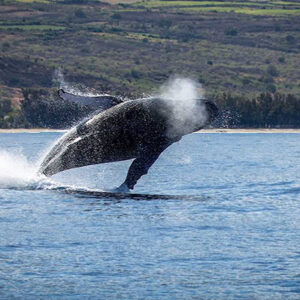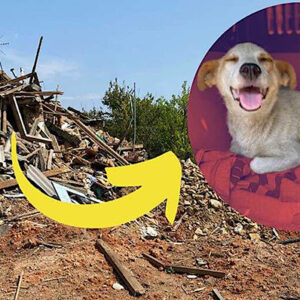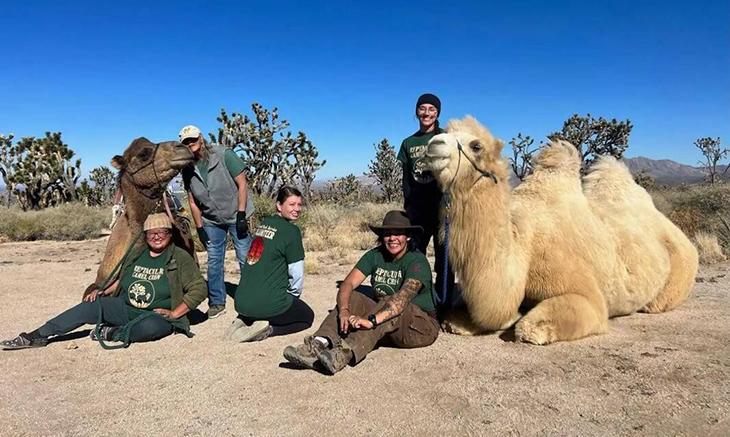
In the wake of the devastating wildfires that took place in 2020 and 2023, the Mojave National Preserve has initiated an ambitious mission to restore its iconic Joshua trees, with the help of an unconventional team consisting of volunteers and camels.
These efforts have become essential to safeguarding the future of the Mojave Desert’s distinctive landscape.
The National Parks Service initiated a large-scale project to propagate Joshua trees in nurseries following the destructive wildfires. With millions of these trees lost to the flames, the urgency to replenish their numbers was undeniable. Enter a dedicated team of volunteers, who, armed with an innovative approach, are utilizing camels to assist in the restoration efforts.
While camels might seem like an unexpected choice for such as task, their suitability for desert environments is unparalleled. Their presence in North America during the last Ice Age, facilitated by the Bering Land Bridge, suggests a historical connection to the region. Remarkably, these camels, distinguished by their two humps, have proven to be less disruptive to the delicate desert ecosystem compared to traditional pack animals like mules or horses.
The significance of Joshua trees in the Mojave Desert cannot be overstated. These unique plants, with their whimsical appearance, are not only iconic but also crucial to the desert ecosystem.
Historically, their proliferation was aided by the now-extinct Giant Ground Sloth, which according to a report from LAist, played a vital role in dispersing their seeds. In the absence of these megafauna, the reproductive success of Joshua trees has been hampered, necessitating human intervention to ensure their survival.
Before their extinction, these large, furry mammals served as transporters for Joshua tree seeds, akin to double-decker buses traversing the desert and dispersing them far and wide. Following their demise, the plant has resorted to alternative methods of dispersal, primarily relying on wind and rodents, albeit with considerably diminished success.
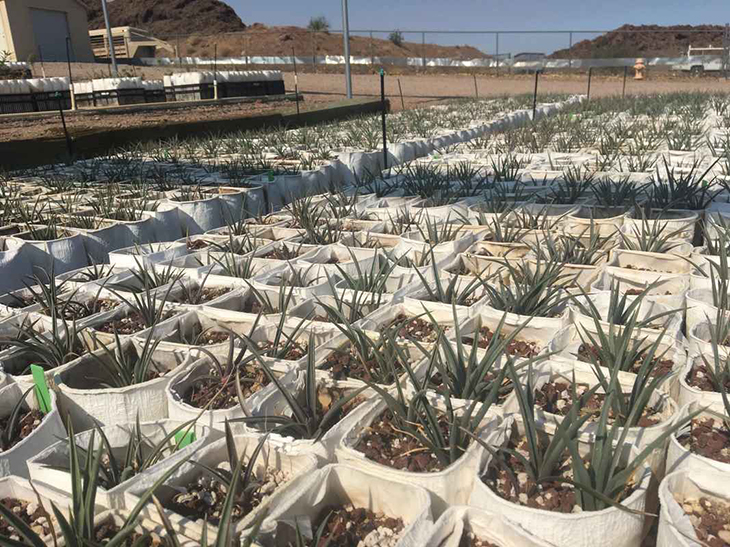
Recognizing the urgency of the situation, the National Parks Service established a nursery within the Mojave Wilderness Area, strategically located amidst the scarred landscape left by the wildfires. Accessible only by foot due to wilderness regulations prohibiting motorized vehicles, volunteers faced daunting hikes to transport seedlings, protective cages, and water to the reforestation site at Cima Dome.
It was during these arduous journeys that the idea of employing camels emerged. Nance Fite, a seasoned volunteer, enlisted the help of her friend Jennifer Lagusker, who, along with her three camels – Herbie, Sully, and Chico – embarked on a mission to aid in the restoration efforts.
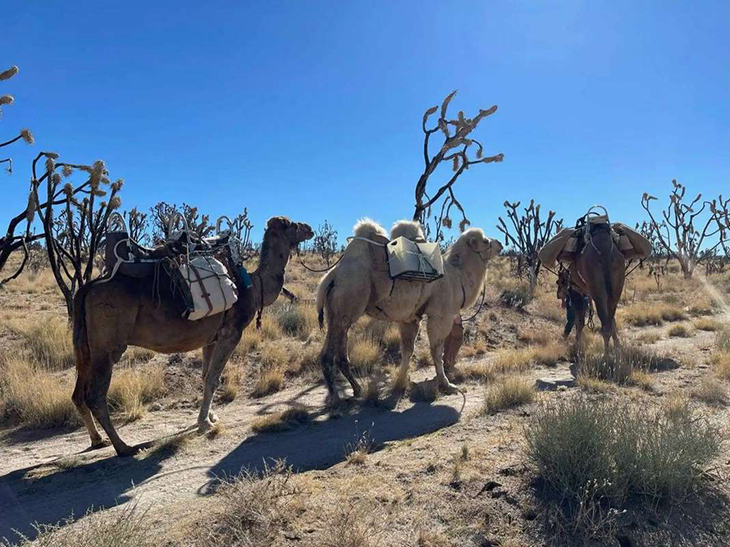
Lagusker told LAist, “The job was to pack them and have them carry these things into wherever the park service had us go. When Nance told me about this, I thought, ‘Well, what better way to advocate for the camel than to show the world, hey, they can pack, they really like it, and honestly, they need that kind of a job.’”
The unique physiology of camels, including their wide, soft feet, enables them to traverse sandy terrain with minimal disturbance, making them ideal partners in this endeavor.
Since 2021, Lagusker and her trusty camels have been instrumental in planting thousands of Joshua tree seedlings across the scorched landscape of Cima Dome.
Despite the challenges posed by the rugged terrain and remote location, their efforts have yielded significant progress in restoring the desert ecosystem.
What are your thoughts? Please comment below and share this news!
True Activist / Report a typo
